Taiwan’s top-ranked men’s badminton doubles team overcame the 2016 Rio Olympic silver medal winners to take the title at the Yonex Thailand Open in Bangkok yesterday.
The world No. 7 Taiwanese pair of Lee Yang (李洋) and Wang Chi-lin (王齊麟) outlasted Tan Wee Kiong (陳蔚強) and Goh V Shem (吳蔚昇) of Malaysia (No. 14) 21-16, 21-23, 21-19 in a match they could have closed out earlier and nearly let slip at the end.
They became the first Taiwanese men’s doubles team to win a HSBC BWF World Tour Super 1000 event title, the highest-tiered event other than the World Championships and Olympic Games.
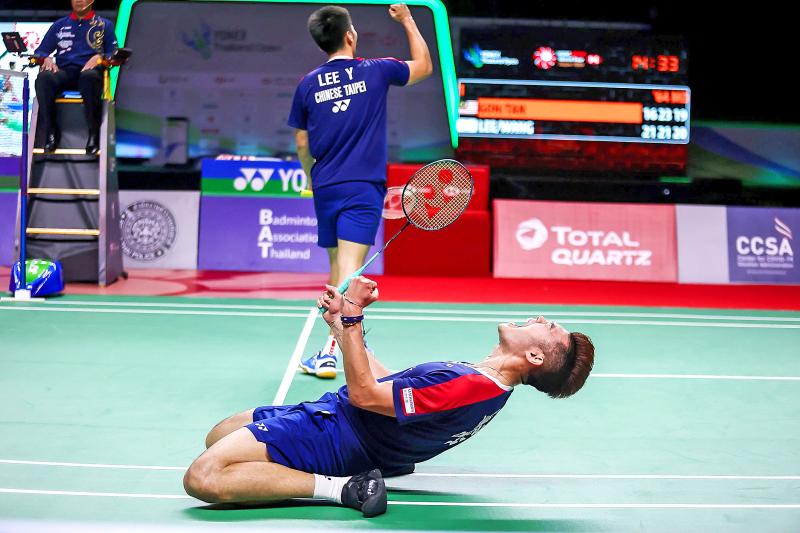
Photo: AFP/Badminton Association of Thailand
“Winning today was great, because we’ve played as a pair since 2019, so it’s just two years, so it’s good for us,” Lee was quoted as saying on the Badminton World Federation Web site.
“We now have more power, better defense, and more skill. We want to keep going,” he said.
The Taiwanese had won their two previous encounters against the Malaysian duo, including during the finals at the Gwangju Korea Masters in November 2019, and it appeared they would clinch their third win in two straight games.

Photo: EPA-EFE
After winning the first game 21-16, Lee and Wang held a steady lead in the second, and had two match points at 20-18, but the Malaysians rallied to even the match.
Lee and Wang then built a 19-13 lead in the third, but were only able to clinch victory after the Malaysians put them on edge by whittling down their lead to 20-19.
The pair won a prize of US$74,000.
The other Taiwanese playing in a final yesterday, world No. 1 Tai Tzu-ying (戴資穎), suffered a one-sided defeat in the women’s singles title match against 2016 Rio Olympic gold medalist Carolina Marin of Spain.
They last met in the semi-finals at the Yonex All England Open in March last year, which Tai won on her way to the title.
However, this time, Marin clearly had the upper hand, sweeping to a relatively easy 21-9, 21-16 win.
Marin was easily the strongest opponent Tai faced in the tournament — her first international badminton event since March last year — and she struggled to get any traction in the match.
Afterward, she said that Marin’s fast pace of play and attacking style put her under a lot of pressure, but added she was not at her best physically and could not fight back.
“I did not feel well enough to put in my best effort. I tried my best,” she said on Facebook after the match.
In events not involving Taiwanese, Thailand’s Sapsiree Taerattanachai and Dechapol Puavaranukroh beat Praveen Jordan and Indonesia’s Melati Daeva Oktavianti 21-3, 20-22, 21-18 in the mixed doubles final.
Thailand and Indonesia also faced off in the women’s doubles, with the visiting team of Apriyani Rahayu and Greysia Polii overpowering Jongkolphan Kititharakul and Rawinda Prajongjai 21-15, 21-12.
In the men’s singles final, world No. 4 Viktor Axelsen of Denmark beat world No. 8 Angus Ng Ka-long (伍家朗) of Hong Kong 21-14, 21-14.
Ng had previously knocked out two Taiwanese in the draw, Wang Tzu-wei (王子維) in the round of 16 and world No. 2 Chou Tien-chen (周天成) in the semi-finals.
The Thai capital would next host the Toyota Thailand Open from Tuesday and later the rescheduled HSBC BWF World Tour Finals from Wednesday next week to Jan. 31.
The Taiwanese players are scheduled to stay in Bangkok for those two tournaments, but due to the COVID-19 pandemic, China and Japan have pulled out.
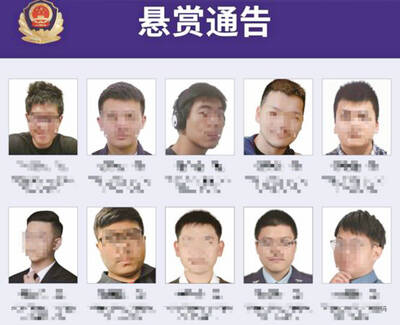
Taiwan yesterday denied Chinese allegations that its military was behind a cyberattack on a technology company in Guangzhou, after city authorities issued warrants for 20 suspects. The Guangzhou Municipal Public Security Bureau earlier yesterday issued warrants for 20 people it identified as members of the Information, Communications and Electronic Force Command (ICEFCOM). The bureau alleged they were behind a May 20 cyberattack targeting the backend system of a self-service facility at the company. “ICEFCOM, under Taiwan’s ruling Democratic Progressive Party, directed the illegal attack,” the warrant says. The bureau placed a bounty of 10,000 yuan (US$1,392) on each of the 20 people named in
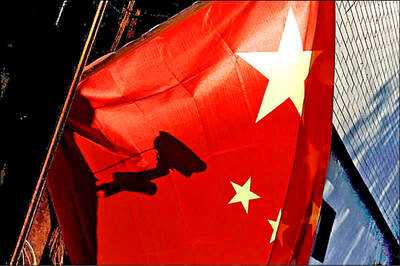
The High Court yesterday found a New Taipei City woman guilty of charges related to helping Beijing secure surrender agreements from military service members. Lee Huei-hsin (李慧馨) was sentenced to six years and eight months in prison for breaching the National Security Act (國家安全法), making illegal compacts with government employees and bribery, the court said. The verdict is final. Lee, the manager of a temple in the city’s Lujhou District (蘆洲), was accused of arranging for eight service members to make surrender pledges to the Chinese People’s Liberation Army in exchange for money, the court said. The pledges, which required them to provide identification
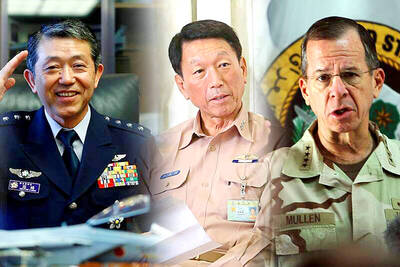
Nine retired generals from Taiwan, Japan and the US have been invited to participate in a tabletop exercise hosted by the Taipei School of Economics and Political Science Foundation tomorrow and Wednesday that simulates a potential Chinese invasion of Taiwan in 2030, the foundation said yesterday. The five retired Taiwanese generals would include retired admiral Lee Hsi-min (李喜明), joined by retired US Navy admiral Michael Mullen and former chief of staff of the Japan Self-Defense Forces general Shigeru Iwasaki, it said. The simulation aims to offer strategic insights into regional security and peace in the Taiwan Strait, it added. Foundation chair Huang Huang-hsiung
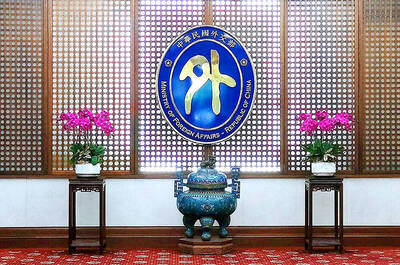
’DISTORTION’: Beijing’s assertion that the US agreed with its position on Taiwan is a recurring tactic it uses to falsely reinforce its sovereignty claims, MOFA said The Ministry of Foreign Affairs (MOFA) yesterday said Chinese state media deliberately distorted Taiwan’s sovereign status, following reports that US President Donald Trump agreed to uphold the “one China” policy in a phone call with Chinese President Xi Jinping (習近平). During the more than one-hour-long call, Xi urged Trump to retreat from trade measures that roiled the global economy and cautioned him against threatening steps on Taiwan, a Chinese government summary of the call said. China’s official Xinhua news agency quoted Xi as saying that the US should handle the Taiwan issue cautiously and avoid the two countries being drawn into dangerous